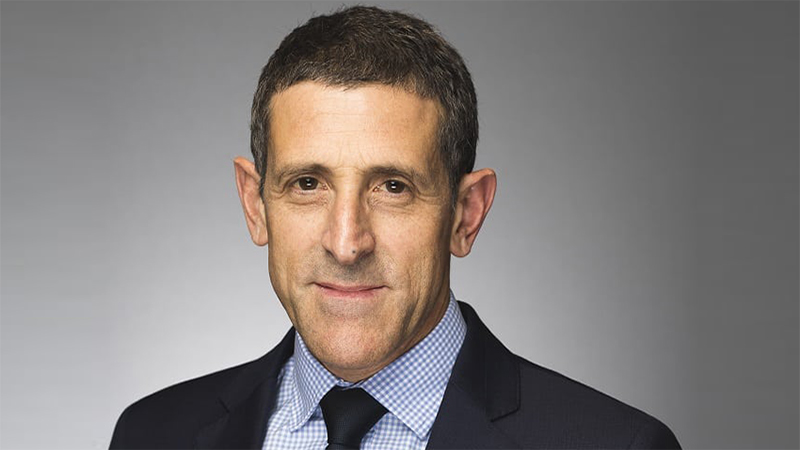Wow! Markets have surprised us all again with a rocket-fuelled start to 2023. Better than expected inflation data ignited a surge in bond and equity prices, as investors priced in a lower path of future interest rates. All of sudden, the worst performing US sector of 2022 (communication services) has jumped more than 10%, according to Morningstar data, while some speculative investments, such as Bitcoin, have risen a lot more. This rally went well beyond the much researched ‘January effect’ of higher-than-average returns versus other months, with gains across bonds and equities.
Curiously, this burst of optimism followed concerns about recession the month before and illustrates just how quickly the mood of investors and their expectations can change. Our own analysis of recessions showed how they can lead to great opportunities when investors become too pessimistic. That rebound in communication services share prices this year – one of our higher ranked opportunities in late 2022 – shows what happens when investor pessimism fades and a brighter future gets priced in.
For us, this typifies the challenge investors face in dealing with greater economic and geopolitical uncertainty. It is possible to conceive of many challenging scenarios, such as China invading Taiwan or a policy mistake by the US Federal Reserve causing either a deep recession or reigniting inflationary pressures.
The old adage of focusing of the knowable and the impactful is helpful in assessing what kinds of scenarios are worth considering. Events have continued to surprise investors – whether it is the invasion of Ukraine, the election of Donald Trump, Brexit or the abrupt change in China’s policies to deal with Covid. All were impactful, none were widely expected or forecast by experts – demonstrating that basing an investment strategy on views about random, hard-to-predict and highly specialised scenarios is unlikely to lead to better investment outcomes.
Multi-layered approach
As an alternative to relying on forecasting, we use a multi-layered approach to deal with this type of uncertainty. The first layer is exposure limits: setting guidelines for the minimum and maximum exposure to different asset classes and markets, applying tighter limits to more uncertain investments than their size, liquidity and breadth of opportunity would justify.
The second layer is fair-value assessment for all investible assets. We set fair values after fundamental assessment of the drivers and outlook for asset cashflows over a full economic cycle and the nature and magnitude of relevant risks and uncertainties. The greater the uncertainty the lower the fair price – all other things being equal. This research is at the heart of how we invest and is why our 90-plus global investment team focus their efforts on valuing assets rather than seeking to forecast shorter-term changes in economic conditions.
The third layer is stress-testing portfolios for different and difficult scenarios from today’s. ‘Shocking’ the portfolio can reveal insights about what assets and markets might provide offsets or hedges. We can then consider if adding to them would improve total portfolio outcomes. By design, this is a longer-term approach to investing because it goes beyond considering the current environment and consensus expectations.
Consistent portfolio outcomes
It does not guarantee protection from market shocks or prevent errors of judgements but, in our experience, it does lead to more consistent portfolio outcomes over time, because it lessens sensitivity to large adverse shifts in investor sentiment and economic conditions.
Applying this approach has let us allocate capital, for our managed portfolio and multi-asset fund clients, to a broad spectrum of opportunities in recent years. These have ranged from the more granular like the energy industry, Korea, Mexico and Germany to bigger parts of the capital markets such as global healthcare, global financials, global emerging market debt and China equities.
The latter continues, in our view, to be undervalued, as does Germany and financials, having previously sold off sharply because of uncertainty and concerns about recession. As we consider the outlook for 2023, we note that uncertainty remains high and a focus on valuation, diversification and granular global research will be key to managing risk and generating returns.







